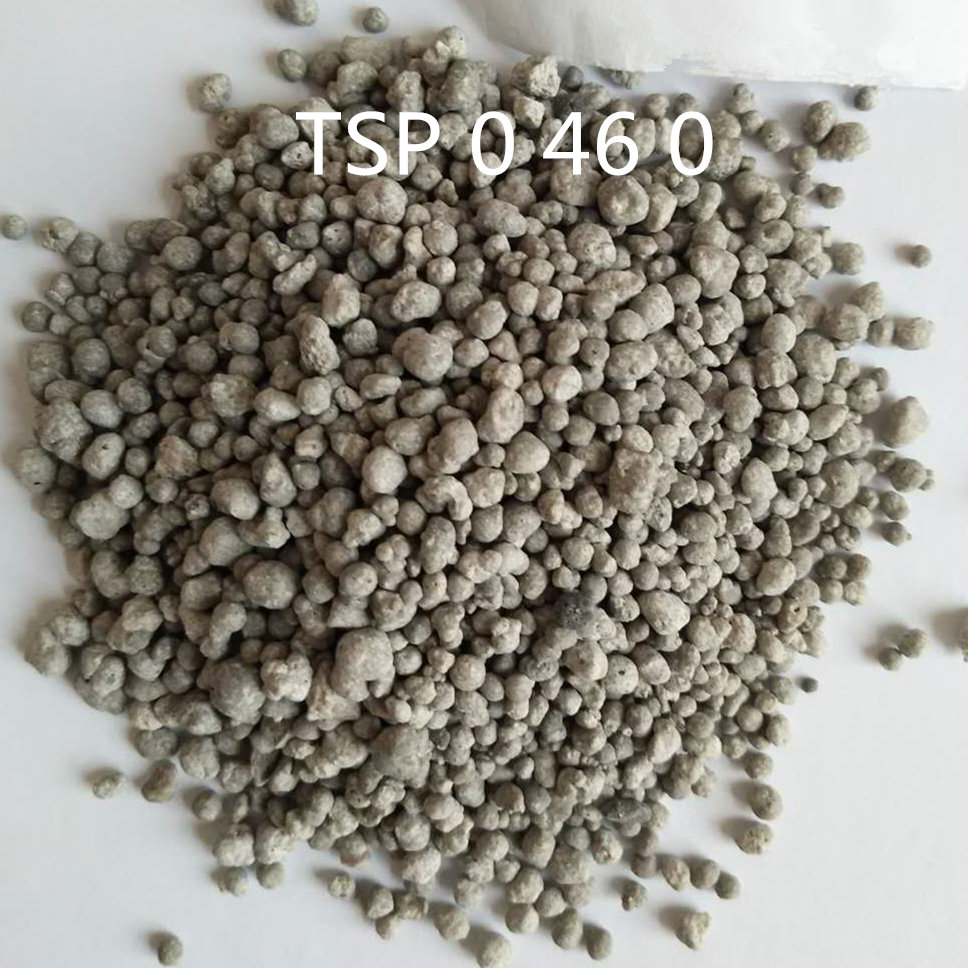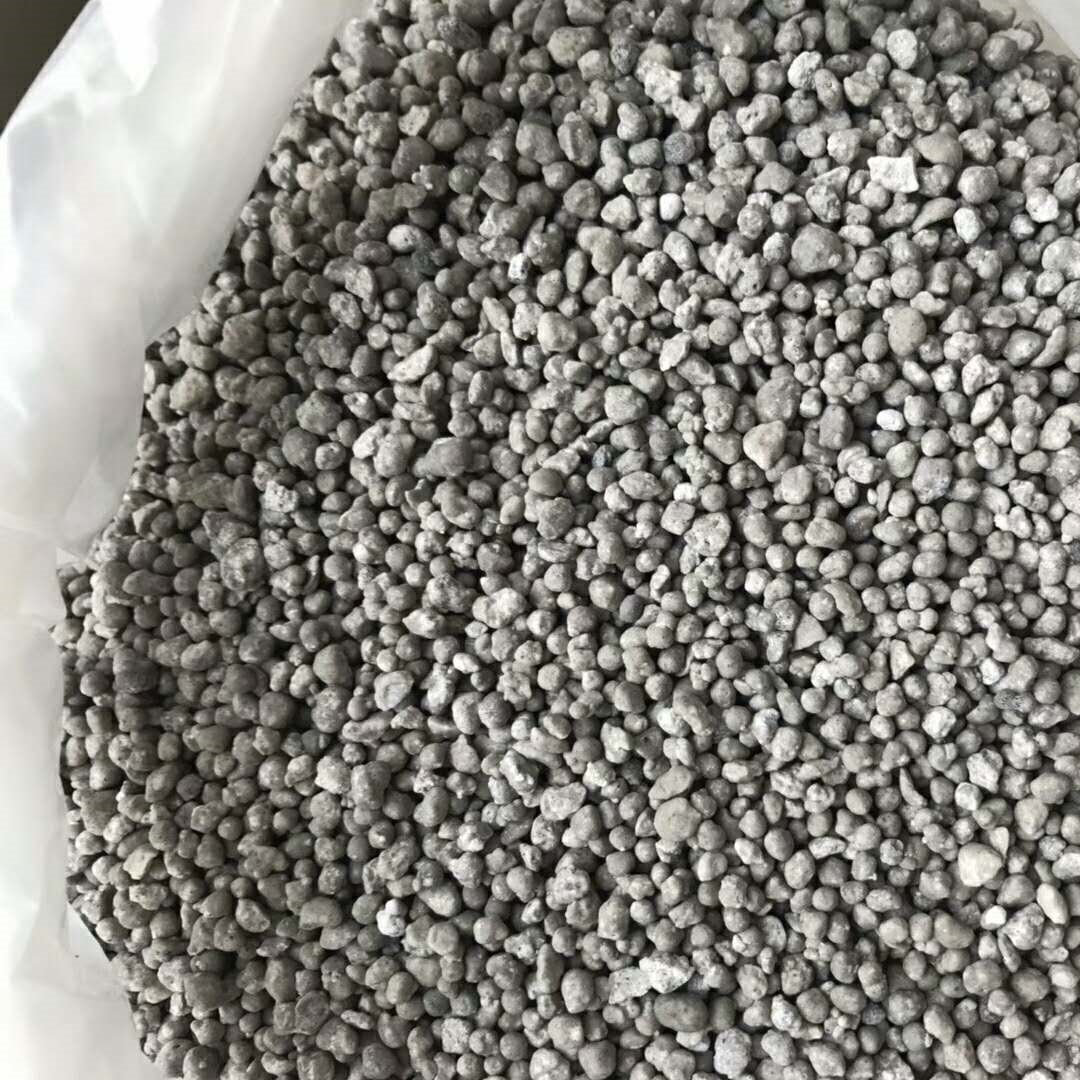
Oct . 16, 2025 11:40 Back to list
15-30-15 Granular Fertilizer - High-P, Balanced NPK Boost
Field Notes on 15-30-15 Granular: What Pros Use (and Why)
If you manage roots-first crops or push early vigor, you’ve probably reached for a 15-30-15 granular fertilizer blend at some point. To be honest, I’ve seen it ride out dry springs better than most ratios, mainly because of that middle number—phosphorus—pulling extra weight for rooting and flowering. Quick context: many blenders build this NPK with Triple Super Phosphate (TSP 46% P2O5) as the phosphate backbone, then add nitrogen and potash around it. Simple, dependable.

Industry trend: precision blends, cleaner sources
Two shifts stand out lately: tighter granule size control (for even spread at higher ground speeds) and cleaner phosphate sources to reduce dust and free acid. In fact, a lot of regional plants now spec 2–4 mm granules with ≥90% uniformity index, which makes a real difference in banding.
What’s inside a 15-30-15 granular fertilizer (and why it works)
| Parameter | Typical spec (≈) | Notes |
|---|---|---|
| Total N | 15% | Urea/AN mix for early + mid uptake |
| Available P2O5 | 30% | Often from TSP 46% P2O5 (quick, water-soluble) |
| Soluble K2O | 15% | From MOP; SOP when chloride-sensitive |
| Granule size | 2–4 mm, ≥90% pass | Real-world use may vary with humidity |
| Moisture | ≤2.0% | For flow and storability |
The phosphate engine here is TSP 46, a quick water‑soluble grade that’s also the go-to raw material in BLENDING NPK. The specific product I checked is “Triple Super Phosphate 46% TSP granular” (origin: A‑713, Zhengyang City Square, Chang’an District, Shijiazhuang, Hebei, China). It’s clean, consistent, and easy to meter in a rotary blender.

Process flow (how blenders make a 15-30-15 granular fertilizer)
- Materials: TSP 46% P2O5, urea/AN, MOP (or SOP), optional S, Zn, B.
- Method: bulk blending in a rotary drum or double-cone blender; sometimes pan granulation for compound NPK.
- Conditioning: anti-caking agents and light oiling for dust control.
- QC testing: AOAC methods (Kjeldahl N; P2O5 gravimetric/ICP; K2O flame/ICP); sieve analysis per ISO practices; bulk density; crush strength.
- Packaging: 25–50 kg bags or 1 MT big bags with liners.
- Service life: ≥24 months in dry, shaded storage; stack on pallets; avoid wicking.
- Industries: row crops (maize, wheat), orchards, vegetables, turf/grounds, forestry nurseries.
Applications and rates
Use as starter bands 5 cm to the side and 5 cm below seed; pre‑plant broadcast with light incorporation; or side‑dress at early tillering. Typical rates: 150–400 kg/ha depending on soil tests. Many customers say the early pop—especially on cool soils—is hard to beat.
Customization options
- Micronutrients: 0.5–1% Zn for maize; 0.2% B for oilseeds.
- Sulfur: 3–8% S via ammonium sulfate to balance N:S.
- Low-chloride version: switch MOP to SOP for berries, potatoes.
- Coatings: anti-dust, urease/nitrification inhibitors (field results vary with climate).

Real-world performance and test data
Across three spring trials (temperate zone), starter bands of 15-30-15 granular fertilizer lifted early biomass by ≈8–15% and improved stand uniformity (visual rating). Lab checks showed nutrient uniformity within ±1.5% and crush strength around 3–4 kgf per granule—good enough for pneumatic spreaders.
Vendor snapshot and comparison
| Vendor | Phosphate source | Certifications | Customization | Lead time |
|---|---|---|---|---|
| HH Fertilizer (Hebei, China) | TSP 46% granular (quick soluble) | ISO 9001; SGS inspection on request | Zn/B/S, SOP option, anti-caking | ≈2–4 weeks ex-works |
| Regional blender (imported raw) | Mixed TSP/DAP, MOP | Local QA; third‑party as add‑on | Micros on demand | 1–2 weeks |
| Import brand (bagged) | Pre‑granulated NPK | CE/EU compliance | Limited SKUs | Stock dependent |
Note: HH Fertilizer lists origin as A‑713, Zhengyang City Square, Chang’an District, Shijiazhuang, Hebei. For export buyers, that clarity helps with documentation and REACH-like disclosures.
Compliance, standards, and paperwork
- Testing: AOAC Official Methods (N, P2O5, K2O); ICP where available.
- Terminology and labeling: ISO 8157; nutrient declaration per local rules.
- EU markets: check Regulation (EU) 2019/1009 (PFC for NPK blends).
Customer feedback? It seems that early rooting and stand uniformity are the recurring wins. The usual caution applies: band don’t burn—keep distance from seed, especially in dry soils.
References
- FAO. Fertilizer and Plant Nutrition Guide.
- AOAC International. Official Methods of Analysis (Fertilizers: N, P2O5, K2O).
- ISO 8157:2015 Fertilizers and soil conditioners — Vocabulary.
- Regulation (EU) 2019/1009 laying down rules on EU fertilising products.
- IFDC. Fertilizer Manual and blending best practices.
-
Sustainable Growth with Organic Phosphate Fertilizer | Benefits & Innovations
NewsNov.24,2025
-
Organic Phosphorus and Potassium Fertilizer: Sustainable Soil Nutrition & Global Impact
NewsNov.24,2025
-
Organic Phosphorus Fertilizer: Sustainable Nutrient Solutions for Modern Agriculture
NewsNov.23,2025
-
Sustainable Growth with Organic Phosphorus Plant Fertilizer | HH Fertilizer
NewsNov.23,2025
-
Organic Plant Meal Fertilizer for Sustainable Agriculture – Benefits & Innovations
NewsNov.22,2025
-
Organic Plant Root Fertilizer – Sustainable Solutions for Healthy Soils & Stronger Plants
NewsNov.22,2025
